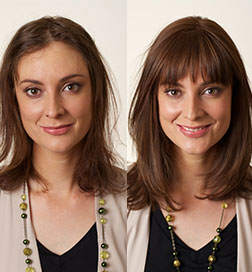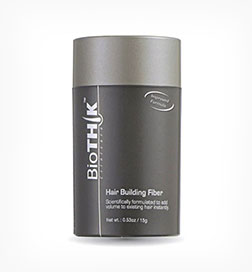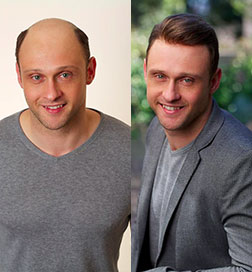Trichotillomania (trick-o-til-o-MAY-nee-ah), sometimes called TTM or “trich', is a disorder where the individual compulsively pulls out strands of hair from various areas of the body. Trich is one of many “body-focused repetitive behaviours', including other behaviours such as skin picking, skin scraping and nail biting. Trich effects people at all stages of life, with one in fifty people experiencing it to some level in their life. For most, the pulling behaviours begin between 11 and 13 years of age. If the pulling is unnoticed by those around them, many children bring the compulsion with them into adolescence and beyond. If you think that your child may be struggling with trichotillomania, it is very important to take steps to help them through it.
Signs and Symptoms
Here are some common signs to watch out for that may reveal your child is struggling with trich. Your child may simply display hair pulling behaviour in front of you. Often people are compelled to pull while in a sedentary state, like watching TV, surfing the internet or listening to music. You might notice thinning hair
or baldness somewhere on the child's body. This could mean the scalp, eyelashes or eyebrows. Another symptom that is commonly associated with trich is social isolation. Sufferers probably feel shame and embarrassment about their behaviour, and may withdraw from their friends and family as a result.
Treatment
It is important to recognise that trich is a very real medical condition requiring treatment. Pulling is compulsive behaviour which varies on an individual basis. Some may only pluck from a particular part of the head, or the eyebrows. Others may pluck from all over the body indiscriminately. It is particularly hard to go through TTM in the teenage years because there are so many other sources of change and stress in life at this time. Therapy for trichotillomania will address both the compulsion itself and broader aspects of the individual's life.
The level of parental involvement in therapy will be determined by the therapist, child and parents. This will vary depending on the age of the child and the nature of the problems. Some aspects of the therapy may call for more parental involvement than others. Living with a loved one suffering from TTM can be emotionally draining. It might be valuable to attend therapy sessions individually, in addition to the therapy your child is receiving.
If is important to make an appointment with a paediatrician and a trained therapist if you notice that your child is suffering from TTM. Working to stop this compulsion is a challenge requiring professional help. Providing support in this situation can be complex, and may involve working with other adults that your child trusts. Build a network of support bases around your child, and give them access to the resources and professional support that they need.
TTM can result in significant hair thinning and bald patches. This can damage confidence and self-esteem considerably, especially for those going through the stress of teenage years. There are a variety of great hair loss solutions available to help TTM sufferers regain their confidence and sense of self. Some of our clients have found our bonded crown extensions and topettes to be the perfect option for trichotillomania. Crown extensions give beautiful fullness back to the hair, while also making it harder to engage in pulling behaviours by sitting over the biological hair. This can be very helpful in breaking the cycle of compulsive hair pulling.
To find out more, call us on 1300 427 778. Alternatively, book your free and confidential consultation here to explore the best option for your needs.
References
http://www.trich.org/dnld/ExpertGuidelines_000.pdf
http://trich.org/dnld/patientFAQ_000.pdf




